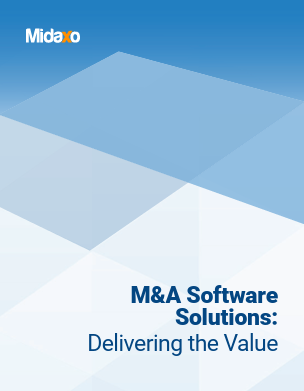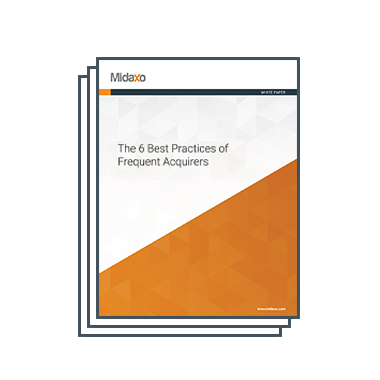Introduction:
Listen to many business podcasts, and you will hear entrepreneurs, successful acquirers, and C-suite executives talk about the “hard work versus luck theory” in business. From an outside perspective, luck can be an engaging story to tell, but Ben Franklin’s proverb “diligence is the mother of good luck” clearly speaks to the importance of thoughtful, strategic work when creating one’s “luck” in the business world. Perhaps this link between diligence and luck rings no truer than in the case of mergers and acquisitions, where diligence plays a vital role in the ultimate success of a deal. Given the critical nature of diligence in M&A, a deal should always include the comprehensive practice of commercial due diligence and thorough checklists before it is executed.
What is commercial due diligence?
Commercial due diligence is defined as the process a company or PE firm engages in to determine a target’s strategic fit and commercial attractiveness. Specifically, commercial due diligence includes overarching information about the target, an analysis of the target’s performance as a company, an analysis of the target’s potential risks and problem areas, and an analysis of the target’s ability to meet the acquirer’s goals. With this in mind, commercial due diligence differs from financial due diligence because it provides a more complete picture of the target as a business entity.
What are the benefits of completing commercial due diligence?
A deal should not be executed until commercial due diligence is complete; the benefits of devoting the time and manpower to completing this work are immense. For example, commercial due diligence can provide acquirers with:
- An understanding of the target’s products, services, and customer base
- An overview of the target’s market, including the health of the industry, as well as the target company’s competitors
- Details on the company’s value drivers and marketing strategies
- Discernment of the target’s operational costs
- Critical information and data to assist with valuation and negotiation
- Information to help secure financing and board approval
Undoubtedly, all of these benefits will yield a more successful deal and will work to eradicate some of the “bad luck” or risk factors that can accompany acquiring or merging with a company.
What should be included in a commercial due diligence checklist?
- General company information
- Products and services
- Key employees and executives
- Customer profiles
- Competitor profiles
- Operational costs
- Financial model
- Legalities and litigation
- Potential roadblocks and risk factors
Final Thoughts:
The aforementioned commercial due diligence considerations and benefits must be prefaced by a clear strategic rationale for inorganic growth. Having a well-defined M&A strategy is essential to making your commercial due diligence efforts both powerful and critical to maximizing deal value. To learn more, please download our M&A Guide to Due Diligence or our whitepaper on How AI Can Supercharge Due Diligence.





